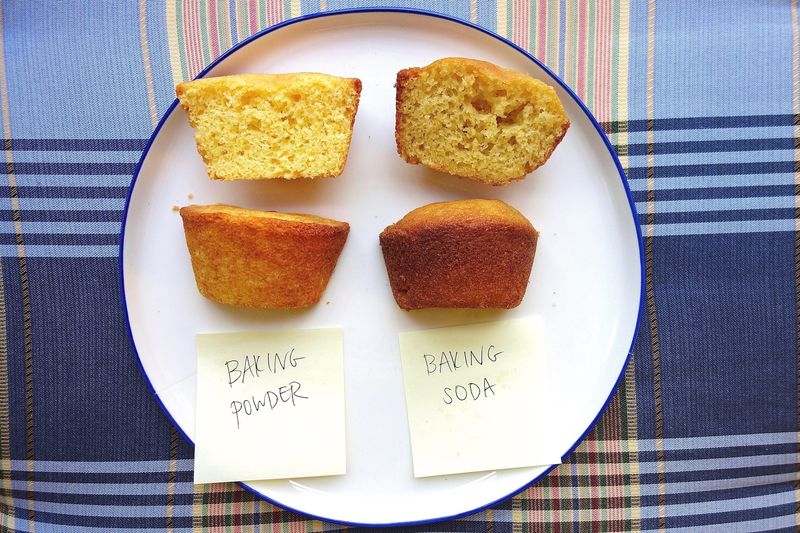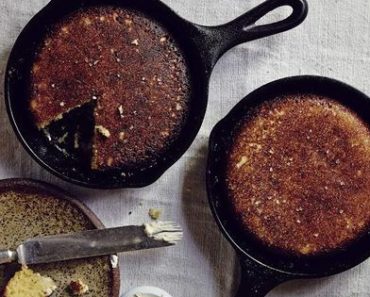You know that can of baking powder whiling away in your pantry? It says hi! It’s reliable and multipurpose and helps out with a teaspoon here, a tablespoon there. But, really, how long do you think you’ve had it? The leavening agent may have a long shelf life, but it’s definitely not immortal.
If you, like me, are a lackadaisical baker, you can probably stretch a can of baking powder anywhere from a year to…three (I’ve moved the same can across three different apartments). As expected, baking powder does go bad. Or rather, it loses its luster. The chemical compound—often a combination of baking soda, cream of tartar, and cornstarch—is only supposed to last somewhere from six months to a year. It’s sensitive to moisture, so any unexpected humidity could ruin your can. But don’t go running to the trash bin just yet!

by Emma Laperruque
Instead, try this test. It’s uber easy—you need only water—and will put to bed any fears that your baking powder has got to go. Also, it will keep you from whipping together muffins that refuse to rise. So what is it, you ask? Like I said, it’s simple. To check whether baking powder is still active, spoon a bit into a bowl (1/2 teaspoon will do) and pour in boiling water (1/4 cup will do). If the mixture bubbles, your powder’s good to go! If it doesn’t, your powder’s good to go…in the trash. It won’t give your baked goods the rise they so desire. Opt instead for a new tin. Keep it stored with a tight lid in a cool, dry place, like a pantry.
So there you have it: the baking soda test that will save you from yourself. Or at least from soggy cakes.
(via Food52)






